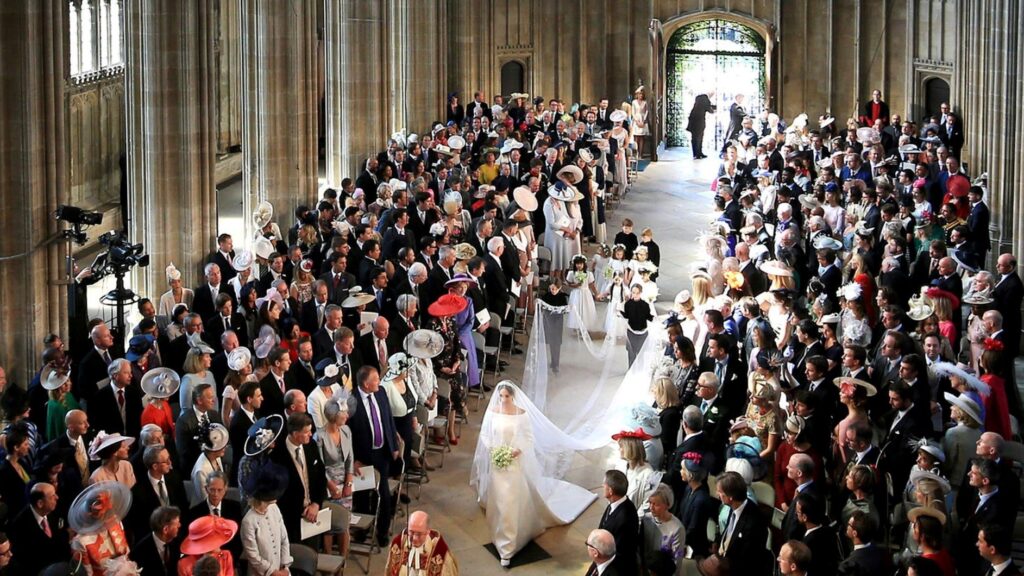TONE ~ TONE ~ TONE ~ TONE!!!
Hopefully, you have already worked through the previews and practice lessons — now it’s time to PERFORM! Remember that you are playing a processional, a kingly stroll, a noble walk at an elegant pace. Squeeze every bit of beauty that you can from your instrument. Anything less is a French Insult! I would love to see YOUR performance. Record it, upload it to YouTube and share the link in the comments section below. Costumes optional.

Pro Tip
NOT SO FAST! Do you think professionals play every piece as fast as they can possible play them? OF COURSE NOT! We endeavor to play them at the speed that best matches the music. Just because you can play French Folk Song faster does not mean that you should. It actually takes much more skill to play it smooth and stately!
In French Folk Song, it is especially important to drop all four fingers at once and then peel them off. Here is your handy checklist to make sure that you are optimally setup to create your best sound:
- Posture – feet flat on the floor, cello between your knees, touching at your sternum, sitting straight up, shoulders relaxed, elbow out like a kickstand, straight EWP (elbow-wrist-pinkie)
- Left hand – thumb and fingers bent (making a “C”), fingers arched and contacting the string with the pad of the fingertip, thumb bent and under 2nd finger
- Bow path – bow travels straight across the string (t-bow), midway between the fingerboard and the bridge (forte-freeway)
- Bow hand – thumb slightly bent, index finger touching the string between the first and second knuckle, hand pronated, fingers slightly apart — not overly spread or bunched together
- Keep fingers down as you play – as you ascend the scale don’t lift the finger you just played when you place the new finger. As you descend place all 4 fingers and then peel off the fingers one by one.
- Check intonation – verify your intonation. Play with the video, use a tuner, watch your hand in a mirror to check that you are on the tapes. Don’t assume, verify.
